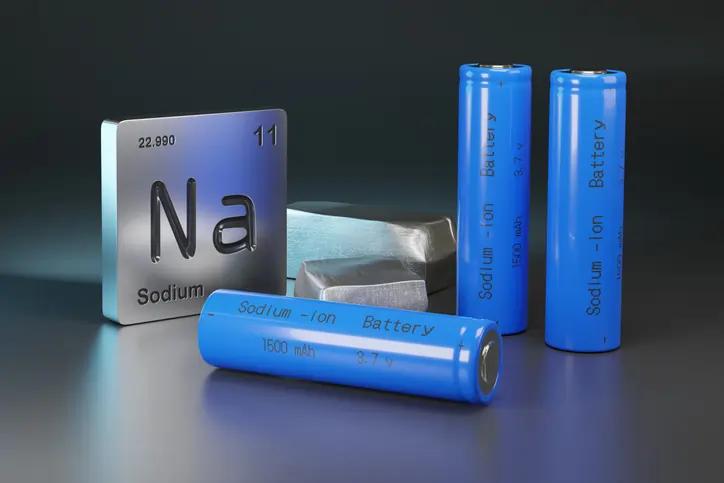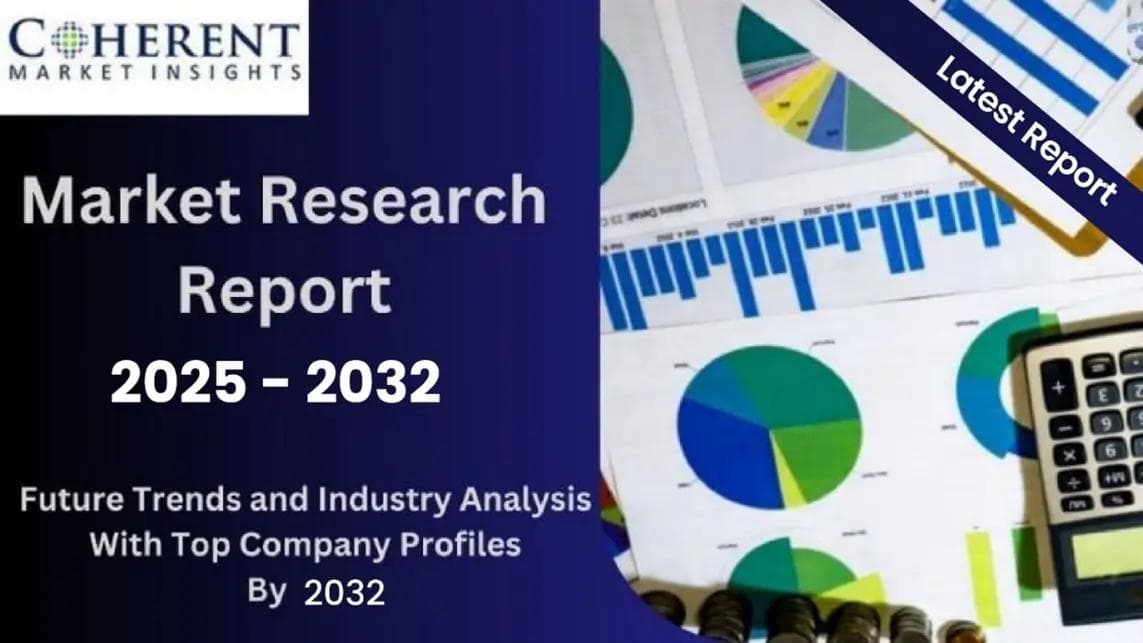Sodium Metal Market to Reach USD 587.8 Million by 2034, Expanding at a 4.3% CAGR
Sodium Metal Market to Reach USD 587.8 Million by 2034, Expanding at a 4.3% CAGR
Published by Jessica Weisman-Pitts
Posted on March 10, 2025

Published by Jessica Weisman-Pitts
Posted on March 10, 2025

The global sodium metal market is projected to reach a valuation of US$ 385.8 million in 2024 and is expected to expand at a 4.3% CAGR, attaining US$ 587.8 million by 2034.
The increasing adoption of sodium-ion batteries is a key driver of market growth, particularly in the renewable energy and electric vehicle (EV) sectors. As industries seek alternatives to traditional lithium-ion batteries, sodium-ion technology is gaining traction due to its cost-effectiveness and lower environmental impact. Lithium mining and battery production require substantial water resources, disrupting groundwater levels. In contrast, sodium-ion batteries offer a more sustainable solution, fueling demand for sodium metal.
Additionally, the water treatment industry is witnessing significant expansion due to rising concerns over environmental sustainability and water scarcity. Sodium metal plays a vital role in desalination and wastewater treatment processes, further driving market growth. Ongoing technological advancements and innovative applications of sodium compounds are also shaping the market landscape. Researchers and businesses are exploring novel uses of sodium metal in advanced materials and modern manufacturing techniques, further enhancing its market potential.
For More Insights into the Market, Request a Sample of this Report: https://www.factmr.com/connectus/sample?flag=S&rep_id=9647
Key Trends Driving Market Growth
Expanding Space Exploration and Aerospace Applications
The growing space industry presents new opportunities for sodium metal manufacturers. Due to its unique thermal and conductive properties, sodium is increasingly used in aerospace applications, including cooling systems and heat transfer mechanisms. As space missions become more frequent and technologically advanced, the demand for specialized materials like sodium continues to rise.
To tap into this niche but expanding market, sodium metal producers should explore strategic partnerships with aerospace companies and space agencies.
Rising Demand for Electrochemical Processes in Industrial Applications
The use of electrochemical processes in industries such as metallurgy, water treatment, and chemical manufacturing is fueling demand for sodium metal. Electrochemistry plays a crucial role in these sectors, and sodium’s role in electrochemical reactions makes it an essential component.
To stay competitive, sodium industry players should consider collaborating with companies specializing in advanced electrochemical techniques to meet the evolving needs of these industries.
Innovations in Material Science and Nanotechnology
Breakthroughs in materials science and nanotechnology are accelerating the adoption of sodium metal. Researchers are uncovering new nanoscale properties of sodium, leading to the development of materials with enhanced mechanical and electrical properties.
Sodium metal producers should actively monitor these advancements and explore joint ventures or investments in nanotechnology to unlock new applications and expand market opportunities.
Key Companies Profiled
Country-wise Insights
The North American sodium metal market is set for moderate growth, with the United States leading the region at a 4.7% CAGR through 2034. Meanwhile, China is projected to dominate the East Asian market, growing at a 4.9% CAGR over the same period.
Why is the United States Market Expanding?
Government Incentives for Clean Technology Innovation:
The United States sodium metal market is forecast to grow at a 4.7% CAGR through 2034, driven by government policies promoting clean energy and sustainable technologies. A robust regulatory framework supports innovation in sodium-based solutions, creating a favorable environment for businesses investing in renewable energy storage and eco-friendly technologies.
Companies leveraging these incentives are positioning themselves as leaders in green innovation, gaining a competitive edge in a market where climate change mitigation and sustainability are key priorities.
Strategic Military Applications of Sodium Metal:
The United States military sector is another major driver of sodium metal demand. Sodium is a key component in sodium-cooled fast reactors used in naval propulsion systems, a technology that remains exclusive to the U.S. defense industry.
With the government's ongoing investment in defense technologies, companies catering to the military sector have the opportunity to tap into a high-growth niche market, where innovation and national security priorities fuel demand for advanced sodium-based technologies.
Category-wise Insights
Why is Metal Manufacturing & Refining the Leading Application?
The metal manufacturing and refining sector dominates the sodium metal market due to its critical role in several industrial processes. Sodium is widely used in metal refining applications, particularly in aluminum production, where it serves as a strong reducing agent in the Hall-Héroult process—a key method for aluminum smelting.
Aluminum is an indispensable material across industries such as construction, automotive, and aerospace, further reinforcing the demand for sodium in metal refining. As these industries continue to expand, the need for high-purity aluminum and efficient refining processes will propel sodium metal consumption, ensuring steady market growth.
Competitive Landscape
The market is characterized by a mix of well-established industry leaders, emerging innovators, and strategic partnerships. Large multinational corporations with global distribution networks, diverse product portfolios, and substantial manufacturing capacities continue to drive market growth.
Recent Developments in the Market:
January 2024: BYD began constructing its first sodium-ion battery factory in Xuzhou, China, with a $1.4 billion investment and an annual production capacity of 30 GWh. This move underscores the growing shift towards sodium-based energy storage solutions.
November 2023: Northvolt achieved a breakthrough in sodium-ion battery technology by developing a battery free of lithium, cobalt, and nickel—critical metals facing supply chain disruptions and price volatility. Backed by Volkswagen, BlackRock, and Goldman Sachs, Northvolt aims to reduce dependence on scarce resources, accelerating the green energy transition.
Get Customization on this Report for Specific Research Solutions: https://www.factmr.com/connectus/sample?flag=S&rep_id=9647
Sodium Metal Market Segmentation
By Application
The sodium metal market is driven by chemical synthesis, where it is essential for producing sodium-based compounds. Metal manufacturing and refining also play a key role, with sodium used in aluminum smelting. The pharmaceutical sector utilizes sodium in drug formulations, while other applications include nuclear energy, rubber processing, and sodium-ion batteries, which are gaining traction as a lithium alternative.
By Region
North America grows with clean energy and military applications, led by the U.S. Europe sees rising demand from green technologies and water treatment. Latin America expands with industrial investments. East Asia, led by China, dominates with large-scale manufacturing and sodium-ion battery adoption. South Asia & Oceania gain momentum with infrastructure and energy storage needs, while the Middle East & Africa grow steadily with industrial and water treatment projects.
Check out More Related Studies Published by Fact.MR Research:
Metal Biocides Market: Valued at $3.5B (2023), projected to exceed $5.4B (2033) at a 4.4% CAGR.
Metal Cleaners Market: Estimated at $14.18B (2024), expected to reach $22.66B (2034) at a 4.8% CAGR.
Metal Cleaning Chemicals Market: Valued at $13.3B (2022), forecasted to surpass $18.9B (2032) at a 3.5% CAGR.
Metal Coatings Market: Estimated at $15.3B (2022), projected to hit $30.8B (2032) at a 6.9% CAGR.
Metal Finishing Chemicals Market: Valued at $11.7B (2022), expected to surpass $16.4B (2032) at a 3.4% CAGR.
Explore more articles in the Research Reports category











